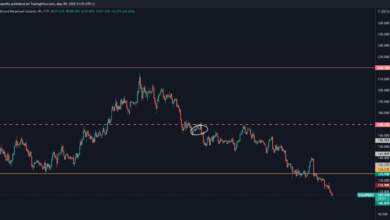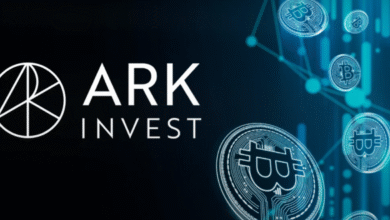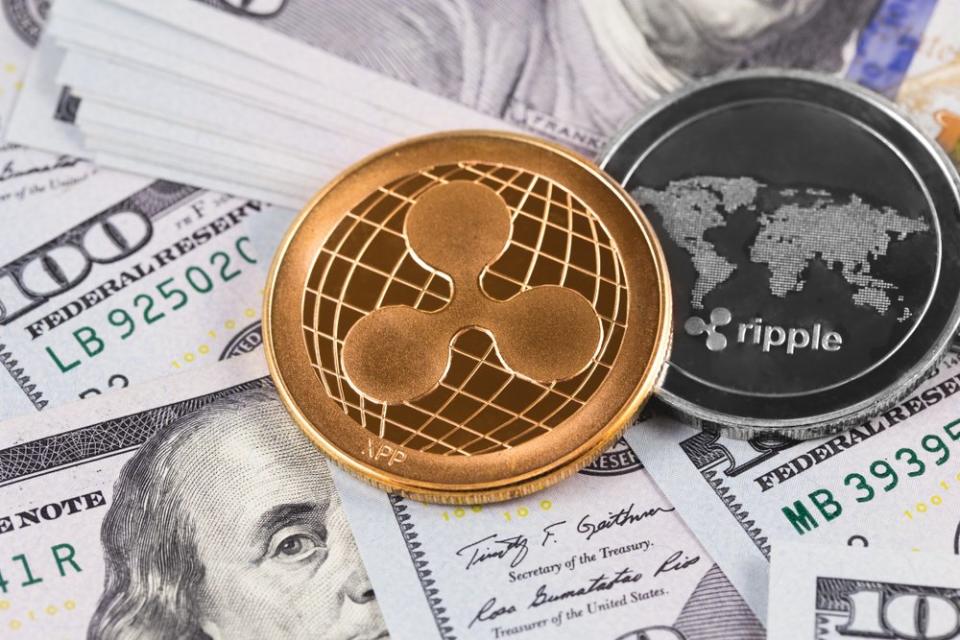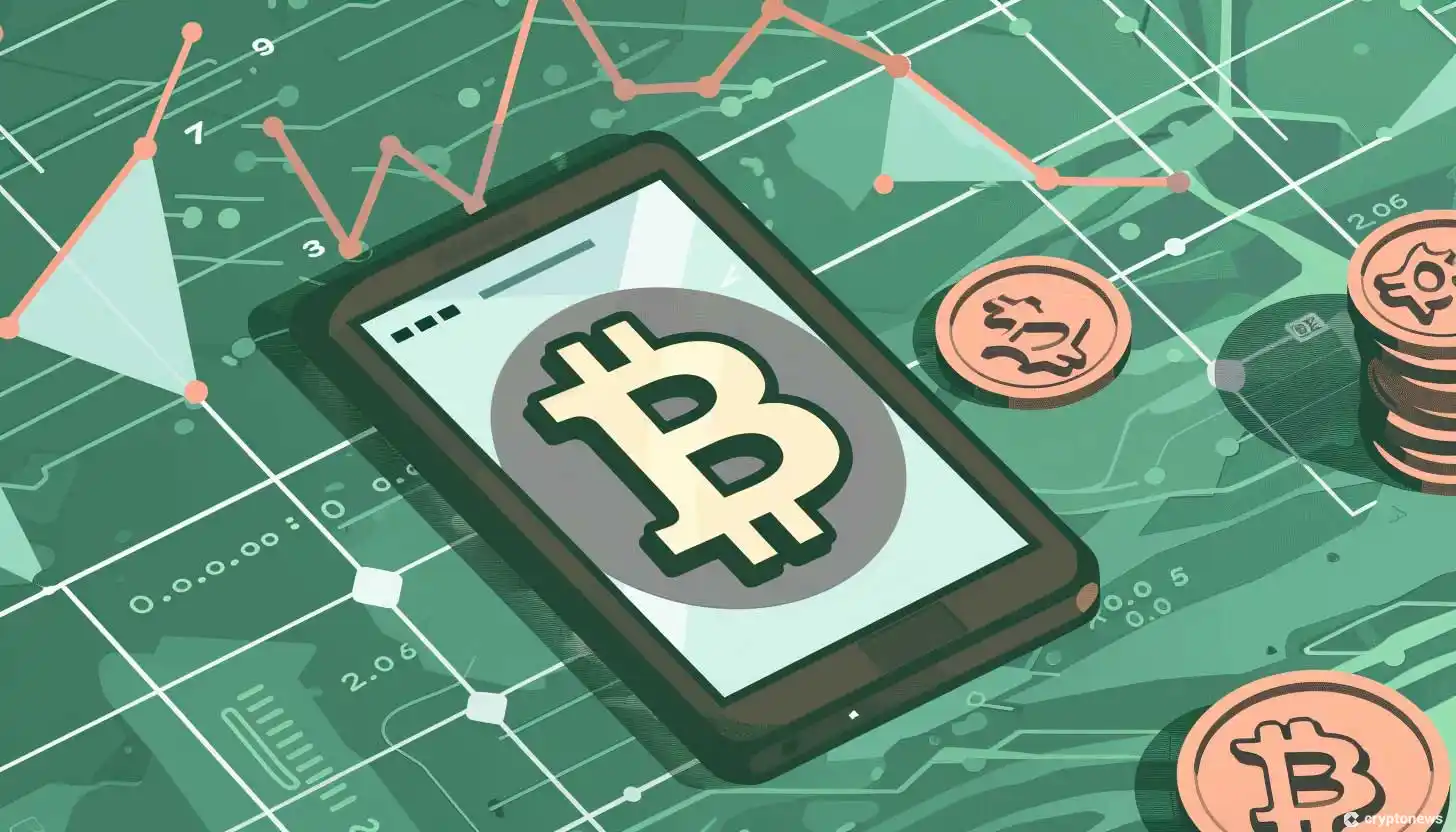
A Comprehensive Review and Forecast of Bitcoin’s Future
Bitcoin (BTC) is a guiding light in the complex and ever-changing cryptocurrency ecosystem. It is the first digital currency and an important indicator of the overall crypto market. Predictions from trends, economic currents, and the changing regulatory and acceptance landscape worldwide are woven into this conversation as it explores the myriad elements impacting Bitcoin’s future.
1. The Halving Catalyst in Bitcoin’s Economy
At its core, the Bitcoin halving phenomenon—the annual halves of the reward for mining new blocks—is more than just an algorithmic tweak; it is a major market catalyst. Due to the decreased supply of new Bitcoins, which creates a sense of scarcity and frequently boosts market sentiment, these events have historically caused considerable expectation and price speculation. Looking at past trends, there is strong evidence that Bitcoin’s value could rise in the future due to a mismatch between supply and demand and the slowing rate of supply growth.
2. Bitcoin vs. Gold: Redefining Store of Value

A paradigm shift in how value is imagined to be stored in the digital age will occur when the market capitalization of Bitcoin surpasses that of gold. The growing acceptance of Bitcoin as a serious alternative to more conventional safe havens. Sach as gold, is highlighted by this landmark mark. This change signals a new age in asset allocation, with a steady move towards digital assets in investment portfolios, contributing to Bitcoin’s reputation as the “digital gold” and ushering in an exciting new period.
3. Geopolitical Chess and Bitcoin
Intricate strategic manoeuvres regarding the acceptance of Bitcoin and regulatory frameworks are occurring globally. As they weigh the benefits of Bitcoin for economic empowerment against the risks it poses to traditional banking institutions, nations must walk a fine line. This dynamic creates an environment where one country’s positive attitude towards Bitcoin could prompt other nations to follow suit to stay competitive, especially when luring Bitcoin-centric businesses and experts.
4. Central Banks, Inflation, and Bitcoin’s Proposition
Intricate strategic manoeuvres regarding the acceptance of Bitcoin and regulatory frameworks are occurring globally. As they weigh the benefits of Bitcoin for economic empowerment against the risks it poses to traditional banking institutions, nations must walk a fine line. This dynamic creates an environment where one country’s positive attitude towards Bitcoin could prompt other nations to follow suit and stay competitive, especially when luring Bitcoin-centric businesses and experts.
5. Regulatory Dynamics and Bitcoin’s Ecosystem
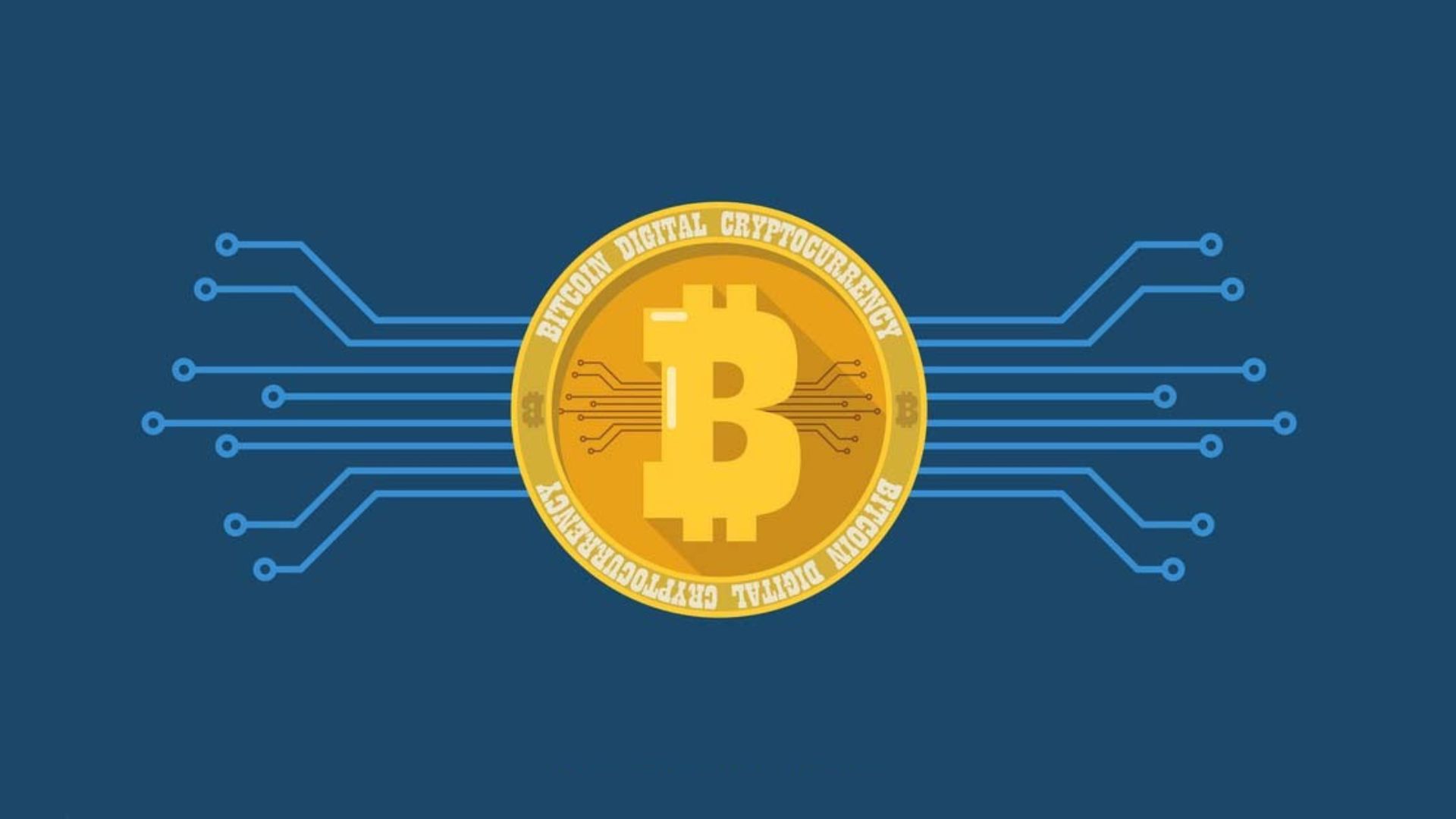
In addition, there is increasing regulatory scrutiny of the cryptocurrency industry. As shown by removing Bitcoin from exchanges and ETFs, emphasising the dangers of centralized platforms and the importance of strict compliance. However, people are becoming more wary of asset custody. They are showing interest in self-custodial solutions to lessen the impact of these dangers, further highlighting Bitcoin’s decentralized appeal.
6. Self-Custody Hurdles and Decentralization
One of Bitcoin’s guiding concepts, decentralization, is directly threatened when authorities impose restrictions on cryptocurrency self-custody. In addition, The significance of autonomy and privacy in digital asset management is highlighted by the fact. These regulatory actions may increase the demand for privacy-enhancing technology and decentralized finance (DeFi) solutions.
7. CBDCs: The New Frontier and Bitcoin’s Position
In addition, A major shift in the financial environment is occurring with the introduction of CBDCs, which seriously threaten Bitcoin’s decentralized philosophy. The decentralized structure of Bitcoin stands in sharp contrast to the centralized control of CBDCs, which provide digital versions of fiat currencies. At this crossroads, consumers looking for an alternative to centrally controlled monetary assets may find Bitcoin more appealing, as the border between state-sanctioned digital currencies and decentralized cryptocurrencies may become clearer.
8. Regulatory Havens and Bitcoin Adoption
There is a tendency for people and organizations to migrate to jurisdictions. They are more Bitcoin-friendly due to the different regulatory climates between nations. This shift highlights the importance of regulatory environments in shaping the future of Bitcoin’s acceptance. Which could lead to the establishment of hubs for cryptocurrency-related investment and innovation.
9. The CBDC Conundrum and Bitcoin’s Appeal
Despite the growing interest in these coins, there is a noticeable air of disappointment among decentralization enthusiasts. In addition, CBDCs have inherent control and surveillance capabilities. This comparison highlights Bitcoin’s appeal as a refuge for individual liberty and anonymity. The dominant narrative around digital fiat currencies.
10. Bitcoin’s Ascendance as a Universal Financial Instrument
Bitcoin’s quest for widespread use as a medium of trade and a means of wealth storage is picking up steam. More and more organizations are adopting Bitcoin as part of their financial and operational systems. Its credibility and practicality are improving. These trends and our growing understanding of Bitcoin’s characteristics point to a world. Where Bitcoin plays a pivotal role in international finance in the not-too-distant future.
Final Thoughts
A complex web of factors, including technological changes, the economy, regulations, and world events, shape Bitcoin’s future. Despite these doubts, Bitcoin’s intrinsic qualities—its decentralization, limited quantity, and growing popularity—proclaim its potential as a powerful and ever-changing player in the international monetary system. Although Bitcoin faces substantial obstacles, including regulatory intrusions and the rise of CBDCs, these problems showcase Bitcoin’s unique characteristics and may even lead to its revolutionary effects.
In addition, Bitcoin represents more than just a digital currency. It represents a struggle for financial independence, decentralization, and the reimagining of monetary institutions for the information era. Its journey is emblematic of the rising tide that demands decentralized financial systems that are more accessible, open, and trustworthy.


